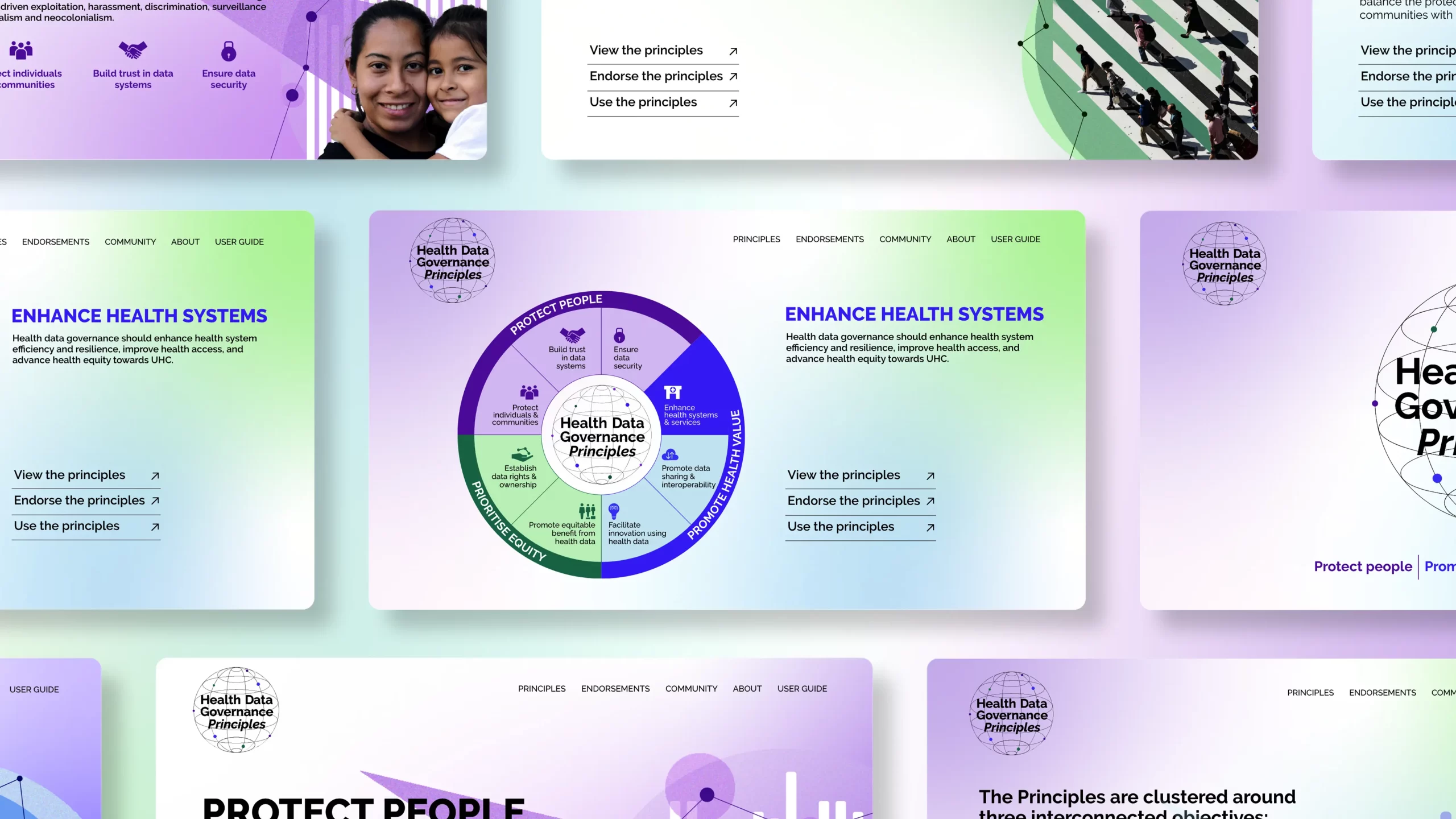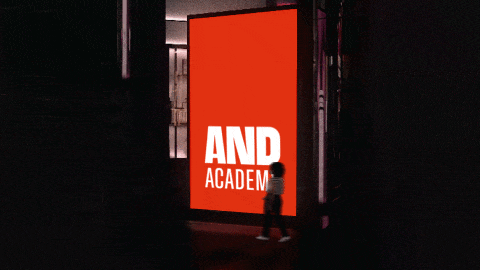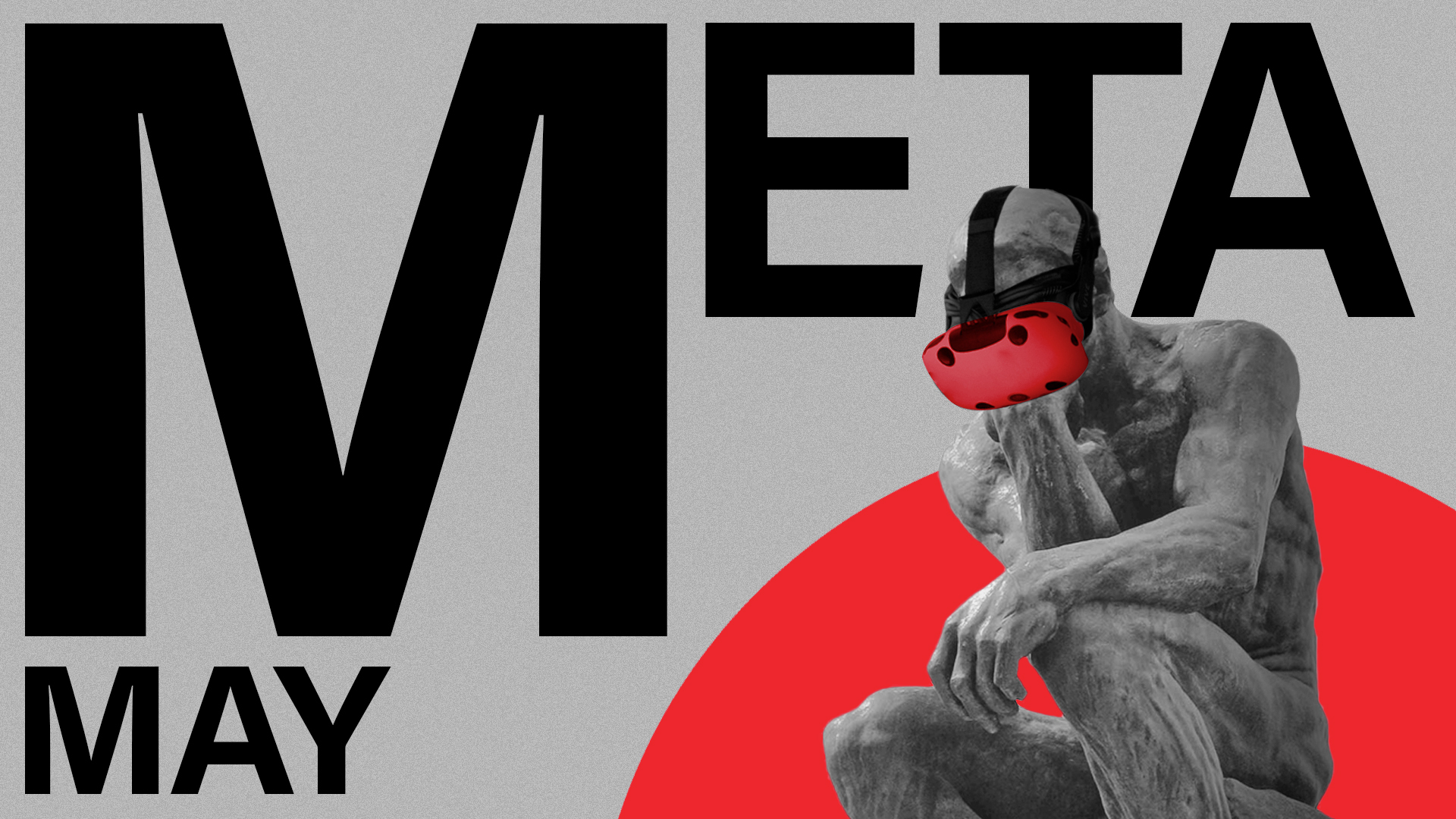Build your business ‘by design’

The just-passed ‘World Design day’ on 27th April reminds us of an initiative we seeded in 2020 ‘Design first policy’ where all entities big and small adopt this policy of ‘Design first’. We take this as an opportunity to celebrate the true value of design: every day, in every way, to get better and better.
The adage ‘Everything is by design’ lends itself to the fundamental belief that every creation and event in the universe has an inherent purpose, and nothing is random or by chance. The very same line can be used to talk about the world today: We human beings have shaped our lives, our business, our communities, our nation and our entire world — all by design. We have attempted to create a world which is convenient, functional, purposeful and beautiful.
Yet, as Elon Musk points out: “Everyone's wrong. No matter who you are, everyone is wrong some of the time. All designs are wrong, it's just a matter of how wrong."
Our created world is not perfect. It has many gaping holes. Our ideas of all attributes such as aesthetics, functionality and usefulness differ from one another, and vary vastly in different cultures. In the creation of designs, the process in itself leads us to make many mistakes and have major setbacks. The very nature of life demands that we constantly evolve, and what’s new today is old tomorrow.
The word design is an operative word and does not attribute ‘design’ to a profession but to conscious decisions taken by people. Mankind has gravitated towards specialization in every society since very early civilizations. There have always been dancers and doctors, architects and farmers, potters and politicians. And today’s complex world has not only made this a necessity but also narrowed and fine-tuned how we specialize. We require experts in every field to function and deliver optimally for all of us to live a comfortable and smooth life. However, it’s accepted that these experts or vertical areas are not always aligned: one, because the true purpose is unclear, and two, they are not perfectly in sync.
The chief setback for any specialist is that they are able to see only through their lenses. Robert Heinlein, American science fiction writer, aeronautical engineer and naval officer, famously quipped, “A human being should be able to change a diaper, plan an invasion, butcher a hog, conn a ship, design a building, write a sonnet, balance accounts, build a wall, set a bone, comfort the dying, take orders, give orders, cooperate, act alone, solve equations, analyze a new problem, pitch manure, program a computer, cook a tasty meal, fight efficiently, die gallantly. Specialization is for insects.”
It’s the multitasker in every human being that we seek when we speak about design. Design helps to cut across inconsistencies and boundaries to create a balanced system that takes care of all subsystems and platforms across any organizational body.
Because of its agnostic approach, design has the capacity to be holistic and create long term sustainability. However, it is often ignored in favor of specialist advocacy. Many other shortcut methods are often resorted to, because, in general, design is not understood to be measurable. This is primarily because we believe numbers drive the world, while many wise men point out that emotions drive the world better than numbers. Numbers are what we see, and emotion is what we do not see. (In a waste management group, a member brought up how part of the problem of waste disposal is that the people employed to handle it in India are often from the lower classes, and this can create a fundamental inequality that runs through every effort. His observation was met with negation and a refusal to talk about class and disparity. The group would rather discuss how many bins are needed for the territories than touch on a delicate and controversial subject. You cannot manage waste merely by deploying bins. Changing behavior requires understanding emotional needs. We must all be made accountable for the waste we produce.)
Design is a process, not an end product, and it is embedded in the production and is a systematic endeavor that takes all aspects of a problem into consideration. Our companion article in this edition Differentiate and Lead with Design touches on this singular purpose and how design can be used to drive every aspect with clarity in a seamless manner. Added to this, is design’s connection with every stakeholder including the vertical expert, from its belief system to its tenets, values and differentiators, which solve our complex problems in a more genuine and truthful way. Design, if properly harnessed, creates a win-win for all in every way. If we use this approach to drive everything we do ‘by design’, we would surely achieve long term sustainability for every operation.
Written by Anthony Lopez
Related Projects
Health Data Governance
BRAND STRATEGY + BRAND IDENTITY + VISUAL SYSTEM + UI&UX
AND Academy
BRAND STRATEGY + NAMING + BRAND IDENTITY + VISUAL SYSTEM + MARKETING + UI&UX + PRINT
Join our mailing list
Receive our periodic newsletter on Branding, Experience, and Design thinking.
More Articles
META MAY
Differentiate and Lead with Design
Follow us on
Insights
Follow Us
© 2025 Lopez Design Pvt. Ltd. All rights reserved


